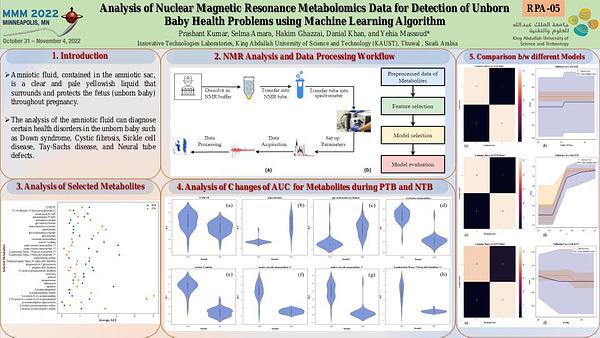Would you like to see your presentation here, made available to a global audience of researchers?
Add your own presentation or have us affordably record your next conference.
Different contributions and mechanisms of the unidirectional magnetoresistance (UMR) have become a recent research hotspot in spintronics. Field sweeping DC measurements are used to measure the value of UMR instead of second harmonic measurements. 1,2 In this paper, potential measurement errors in conventional DC measurements are studied. Oersted field and field-like torque usually do not influence the measurement, but a large field-like torque can result in anisotropic magnetoresistance (AMR) difference when the sample is not perfectly aligned. The existence of ordinary magnetoresistance (OMR) can also contribute to a large background. An alternative measurement method is demonstrated to address this issue. This work broadens the understanding of the error sources and provides a standard measurement method for UMR DC measurements.
References:
1 Duy Khang, Nguyen Huynh, and Pham Nam Hai. "Giant unidirectional spin Hall magnetoresistance in topological insulator–ferromagnetic semiconductor heterostructures." Journal of Applied Physics 126.23 (2019): 233903.
2 Chang, Ting-Yu, et al. "Large unidirectional magnetoresistance in metallic heterostructures in the spin transfer torque regime." Physical Review B 104.2 (2021): 024432.
